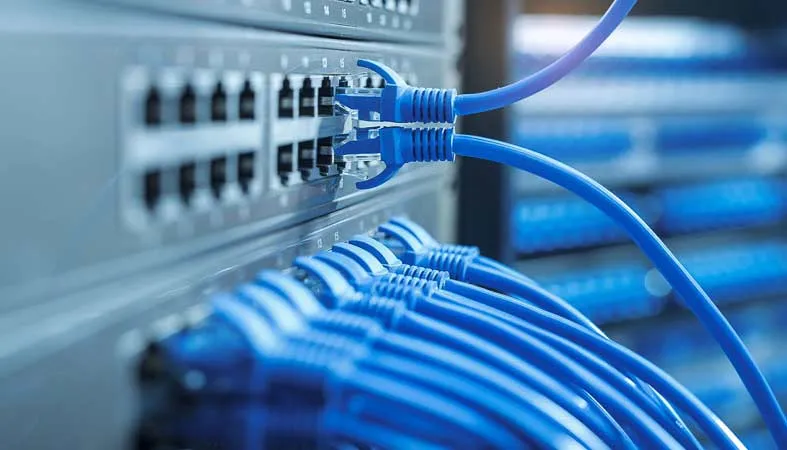Effective waste management is crucial for maintaining a clean and sustainable environment, and commercial dumpster services play a pivotal role in achieving streamlined waste disposal. Businesses, regardless of their size, generate a significant amount of waste on a daily basis. Investing in commercial dumpster services offers a range of benefits that extend beyond mere waste removal. One of the primary advantages of opting for commercial dumpster services is the convenience they provide. These services offer businesses a centralized and efficient way to dispose of their waste. Instead of dealing with multiple waste bins scattered around the premises, a single designated dumpster can be strategically placed for easy access. This not only simplifies the waste disposal process but also enhances overall cleanliness and organization within the business premises. Moreover, commercial dumpster services contribute to improved waste segregation. Many dumpster services provide separate containers for different types of waste, such as recyclables and non-recyclables.
This encourages businesses to adopt eco-friendly practices by making it easier to recycle materials. The segregation of waste at the source is a crucial step in promoting sustainability and reducing the environmental impact of commercial activities. Cost-effectiveness is another notable benefit of commercial dumpster services. Businesses can choose the size of dumpsters that best suits their needs, eliminating the need for unnecessary expenditure on oversized waste containers. Additionally, regular and reliable waste pickups are typically included in the service package, reducing the risk of overflowing bins and associated cleanup costs. This predictability in waste management costs allows businesses to budget more effectively and allocate resources to other critical areas of operation. Commercial dumpster services also contribute to a safer and more hygienic working environment. Proper waste disposal helps prevent the accumulation of debris and hazardous materials, reducing the risk of accidents and injuries. This is particularly important in industries where the production of waste may involve potentially harmful substances.
By ensuring the timely and secure removal of waste, Small business recycling solutions can create a workspace that prioritizes employee safety and well-being. Furthermore, opting for commercial dumpster services aligns with corporate social responsibility CSR goals. Many businesses today are increasingly aware of their environmental impact and are committed to adopting sustainable practices. By investing in efficient waste management, companies demonstrate their dedication to reducing their carbon footprint and contributing to broader environmental conservation efforts. This commitment to sustainability not only enhances the company’s reputation but also resonates positively with environmentally conscious customers and stakeholders. In conclusion, the benefits of commercial dumpster services extend far beyond the simple task of waste removal. They contribute to enhanced convenience, improved waste segregation, cost-effectiveness, a safer working environment, and a positive impact on corporate social responsibility. Businesses that prioritize streamlined waste management through commercial dumpster services not only promote a cleaner and healthier environment but also position themselves as responsible and sustainable contributors to the community.
